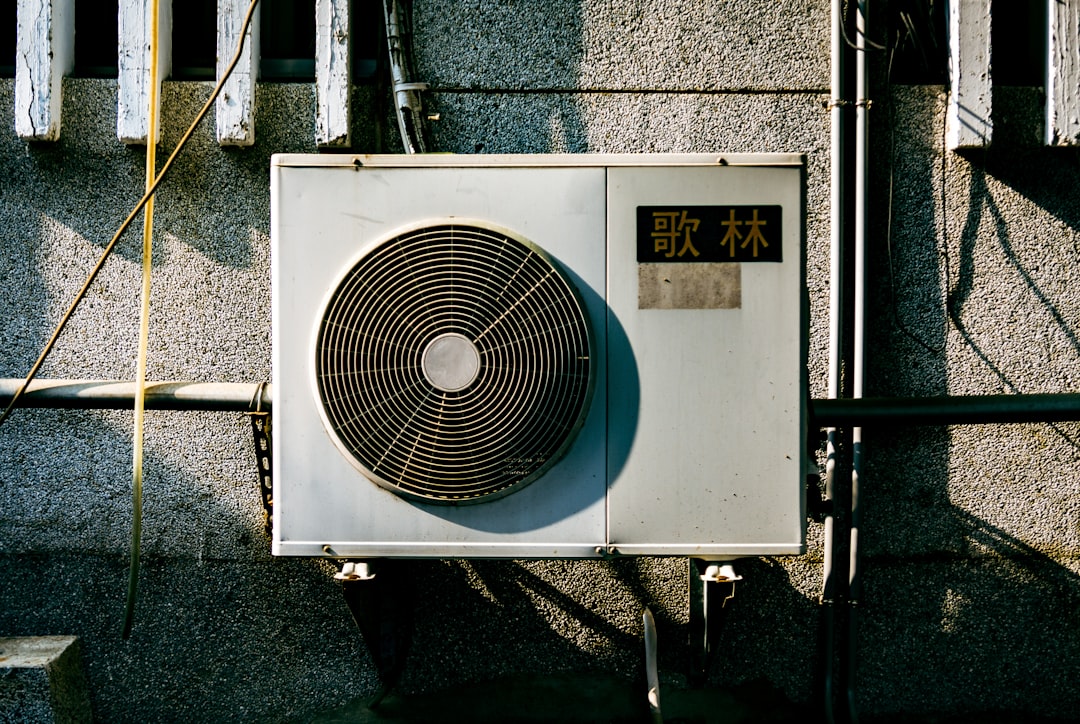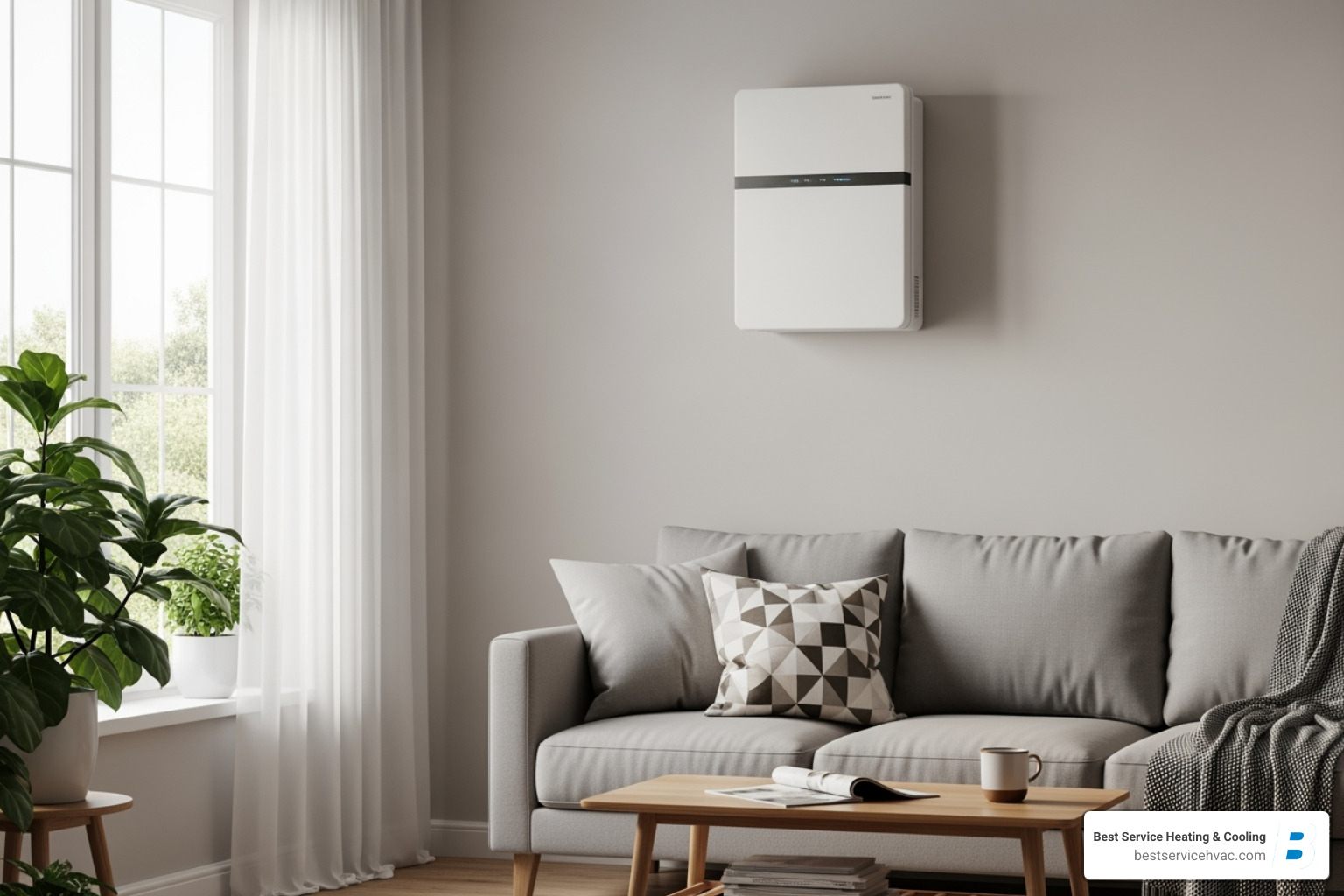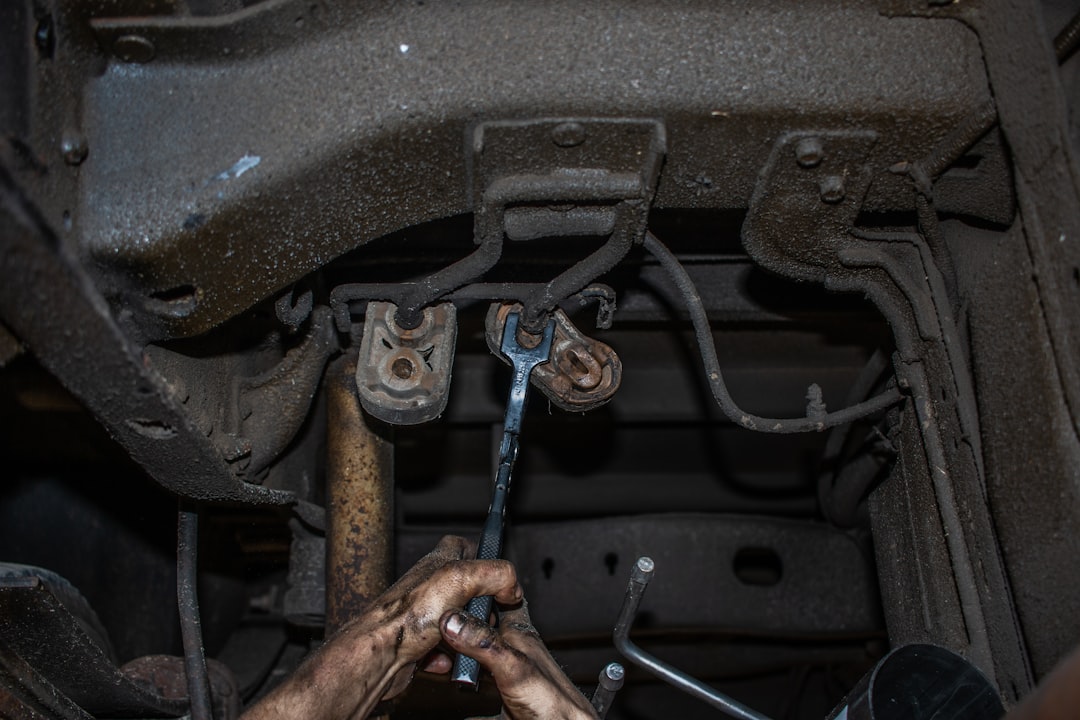If your home in Columbus has ever felt sticky or muggy even with the air conditioner running, high indoor humidity might be the reason. Excess moisture can make your living space feel warmer than it actually is, forcing your AC to work harder and leaving you uncomfortable. Humidity doesn’t just affect how things feel; it also has a direct impact on your health, air quality, and the condition of your home. If left unchecked, it can lead to condensation, mold growth, and musty smells that only get worse over time.
The good news is that your existing AC system can often help solve this problem. Many homeowners aren’t aware that their air conditioner plays a role in managing humidity levels. Understanding how it works and what adjustments can be made gives you a better shot at keeping indoor humidity under control during the summer months.
Understanding Indoor Humidity And Its Impact On Comfort
Humidity refers to the amount of moisture in the air. While some moisture is normal, especially in the summer months, too much of it inside your home creates a number of problems. High humidity makes rooms feel warmer, which can trick you into thinking your AC isn’t working properly. In reality, the system might be fighting to keep up with the added load caused by all the extra moisture in the air.
An air conditioner does more than just cool the air. It also removes moisture as part of the cooling process. As warm air passes over the evaporator coil, the moisture in the air condenses into water and drains away. This process helps lower indoor humidity levels naturally. However, when your AC system isn’t sized properly, isn’t functioning efficiently, or isn’t maintained regularly, it may not be removing enough moisture to make your home feel comfortable.
There are a few common signs that suggest humidity might be a hidden problem in your home:
– Windows fog up or show signs of condensation
– A musty or damp smell is present in certain rooms
– Rooms feel clammy or sticky, especially in the evenings
– Mold spots appear in corners, bathrooms, or around vents
– You’ve noticed increased allergy symptoms or breathing discomfort
If you see one or more of these signs, your home’s humidity may be too high, and relying on just temperature settings won’t fix the issue. Spotting these early warning signs can help you realize that the cooling system might need an adjustment or possibly repair to better manage both temperature and humidity.
How Your Existing AC System Can Address Humidity Issues
Modern air conditioning systems are designed with features that help manage humidity while cooling. Even older systems, when properly operated and maintained, can reduce moisture levels in the home. The key is understanding how to get the most out of your equipment and when to make changes that help improve its performance.
Here are a few adjustments and strategies that might help:
– Set your thermostat to auto instead of on to allow the system to cycle properly and remove more moisture
– Make sure return and supply vents aren’t blocked, which allows for better air circulation and moisture control
– Check if your AC system runs for short bursts. Short cycles don’t run long enough to remove humidity, indicating the system may be too large or needs attention
– Replace the air filter regularly so airflow isn’t restricted and the system can operate as designed
– Ensure the condensate drain line is clean and properly draining away collected moisture
Maintenance plays a big role here. Dirty evaporator coils, clogged drain lines, and worn parts all affect how well your AC can pull humidity from the air. If your system seems to be struggling beyond what normal upkeep can solve, it might be time for AC repair in Columbus. Our professionals can check refrigerant levels, inspect airflow issues, and fine-tune your unit’s performance to better handle moisture and temperature together. When done right, a well-maintained system can comfortably cool your home and keep humidity where it should be—low enough to feel the difference.
Identifying And Fixing Common Humidity-Related Problems
When indoor humidity builds up beyond normal levels, it tends to show itself in ways that are hard to ignore. Mold in the corners, that lingering musty smell near vents, or even worsening allergy symptoms for family members are all signs something isn’t right with the air inside your home. High humidity isn’t just uncomfortable; it creates a breeding ground for dust mites, mold, mildew, and bacteria, all of which can impact your health and damage your property.
One overlooked cause is an air conditioning system that isn’t functioning properly to remove moisture. Short cycling, clogged filters, leaky ducts, or refrigerant issues can all reduce performance. Humidity-related symptoms can mask themselves as comfort issues, making it feel like the AC isn’t cooling enough, when it’s actually a moisture imbalance. That’s why diagnosing the root cause is so important to restoring comfort and air quality.
When you reach out for AC repair in Columbus, our professionals start by identifying the key issues contributing to poor humidity control. Here’s what they typically assess:
- Indoor coil conditions that may be dirty or frozen
- Refrigerant levels to confirm proper cooling capability
- Function and cleanliness of the condensate drain
- Proper airflow across ducts and registers
- System sizing to determine if the AC is cycling too quickly
Addressing humidity means more than cooling the air. It’s about balancing both air temperature and moisture content. The two work hand in hand for total comfort. With the right problem solved, you’ll feel a noticeable difference in how your home holds and maintains cool, dry air through the summer.
Benefits Of Professional Help In Managing Indoor Humidity
When it comes to indoor moisture, small problems can turn into costly repairs if ignored. That damp corner in your basement might be signaling something much larger going wrong within your HVAC system. Professional technicians are trained to catch those early warning signs before they lead to damage and high energy costs from overworked equipment.
Our technicians do more than fix surface-level issues. They dig deeper into system performance and zoning balance, checking that every part works together to remove moisture effectively. Addressing humidity isn’t a one-size-fits-all situation, especially in homes where climate, layout, or insulation vary widely. Since homes in Columbus deal with fluctuating summer moisture, a tailored solution is often the difference between minor adjustments and ongoing discomfort.
Proper AC repair in Columbus helps protect furniture, flooring, electronics, and more from long-term humidity exposure, which can cause warping, discoloration, or mildew growth. There’s also peace of mind in knowing the air you’re breathing is healthy and comfortable all season long.
Instead of reacting to moisture problems when they become visible, having professionals consistently assess system performance and optimize performance over time allows your system to stay ahead of these issues. Whether it’s calibration, repairs, or deeper inspections, reliable attention reduces strain on the system and keeps everything functioning smoothly when you need it most.
Staying Comfortable With Long-Term Humidity Control
Once indoor humidity is balanced, maintaining it becomes much easier. Regular upkeep of your AC system and awareness of how your home responds to moisture allow you to stay ahead of any future issues. Summer in Columbus can bring waves of humidity that vary each week, so your cooling system needs to stay prepared and responsive.
Here are a few habits worth forming to manage humidity in the long run:
– Change filters monthly to keep air flowing freely through the system
– Keep furniture, rugs, and curtains from blocking air vents
– Avoid setting the thermostat too low, which may cause short cycles
– Inspect areas near vents and corners monthly for signs of excess moisture or mold
– Schedule seasonal AC inspections to catch issues early
Every home has its own microclimate, meaning conditions in your attic may differ from those on your first floor. That’s why it helps to check across different rooms once in a while and pay attention to changes in how certain spaces feel. One Columbus homeowner noticed an odd smell under her staircase each year when temperatures spiked. After a proper inspection, it turned out the area was trapping moisture because nearby vents were blocked. Once cleared and adjusted, the space stayed dry all summer.
Managing indoor humidity effectively adds years to your AC system’s life and maintains consistent comfort in every room. Over time, small improvements to airflow, filtration, and drainage offer long-lasting results, giving your home cool, clean air no matter how humid the day gets.
If persistent humidity is affecting your comfort at home, reliable AC repair in Columbus can help restore your system’s efficiency and keep your indoor air clean and balanced. At Best Service Heating and Cooling, we understand how important it is to maintain a healthy environment, and our professionals are committed to addressing issues before they become bigger problems. For a quick estimate or to book a service visit, please contact us today.




